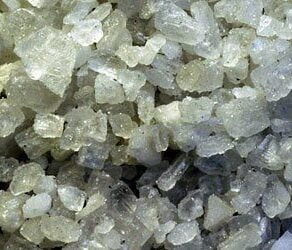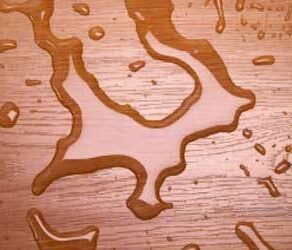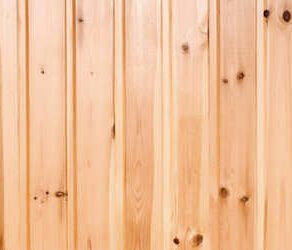Sharon asked: How do I get salt water off acrylic paintings I bought in Bali? I live on the ocean, and my ceiling fans sprayed salt water with the moisture in the air onto my acrylic paintings from Bali.
The textured finish of acrylic paintings makes them a prime target for dust, while the porous nature of the paint can complicate cleaning. Additionally, because acrylic paint may remain pliable when dry, due to its thermoplastic nature, or the paint softening with heat and hardening with cold, cleaning techniques are limited, as soft surfaces may be ruined by some techniques while brittle paint can crack or break. The combination of these factors may make it a good idea to consult a professional for the cleaning, but if you’d like to give it a try yourself, follow these simple steps. (This applies to “stuck on” spots like salt water spray. The removal of dust or loose matter can be tried with a less invasive technique before resorting to this one.)
You Will Need:
- Cotton swabs
Steps to Remove the Salt Water Spray:
- Wet one end of a cotton swab in your mouth.
- Place the tip on the painting and gently ROLL it over an inconspicuous area to spot test. Do not rub, and do not use pressure.
- Examine the swab to ensure the color is not transferring from the painting to the swab. If the results are satisfactory, continue. If you see the paint color on the swab, stop and consult a professional.
- Work a cotton swap over the areas needing to be cleaned, using the same light, gentle strokes. As soon as the swap is soiled, use a fresh tip.
- Continue until the painting is clean or until you are no longer seeing results.
Additional Tips and Advice
- Some users report this method resulting in a “mottled” appearance. To help avoid this, use only light pressure and as little moisture as possible.
- Use saliva instead of water. Saliva is warm and, unlike water, has enzymatic properties to break down lipids and proteins found in “dirt.”









Leave a reply